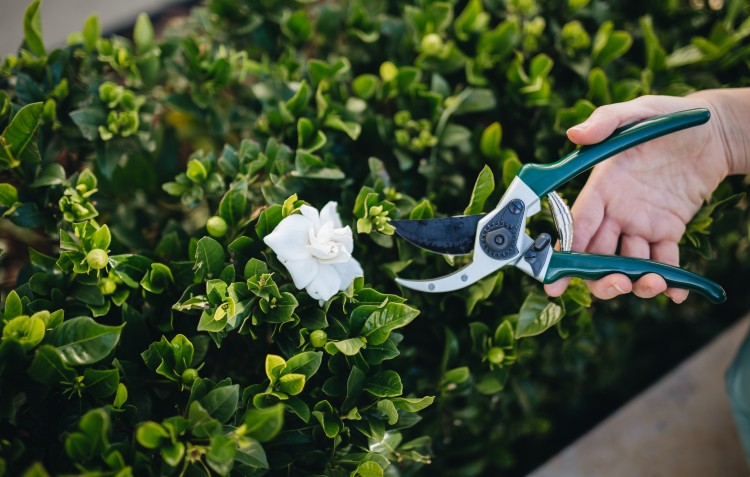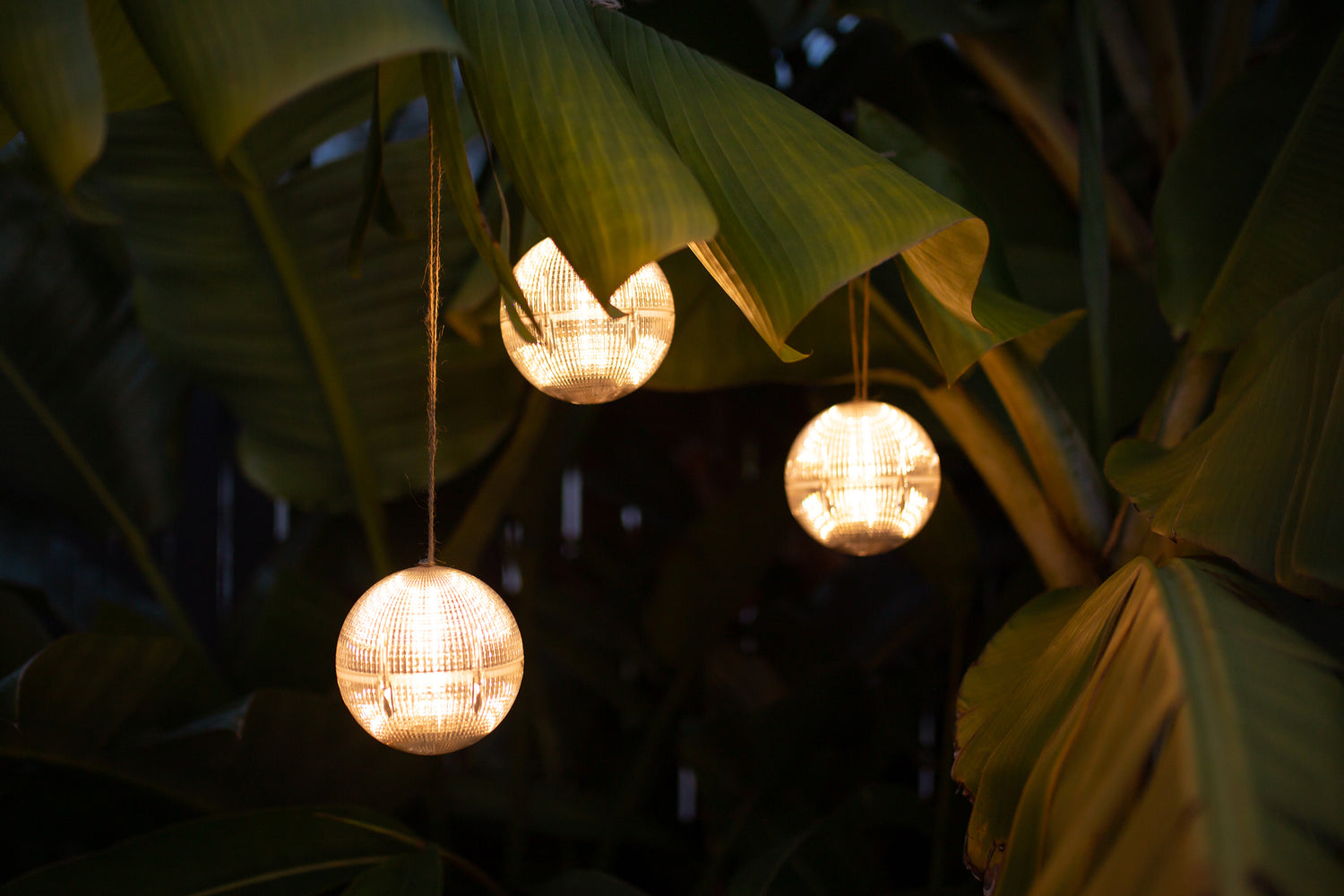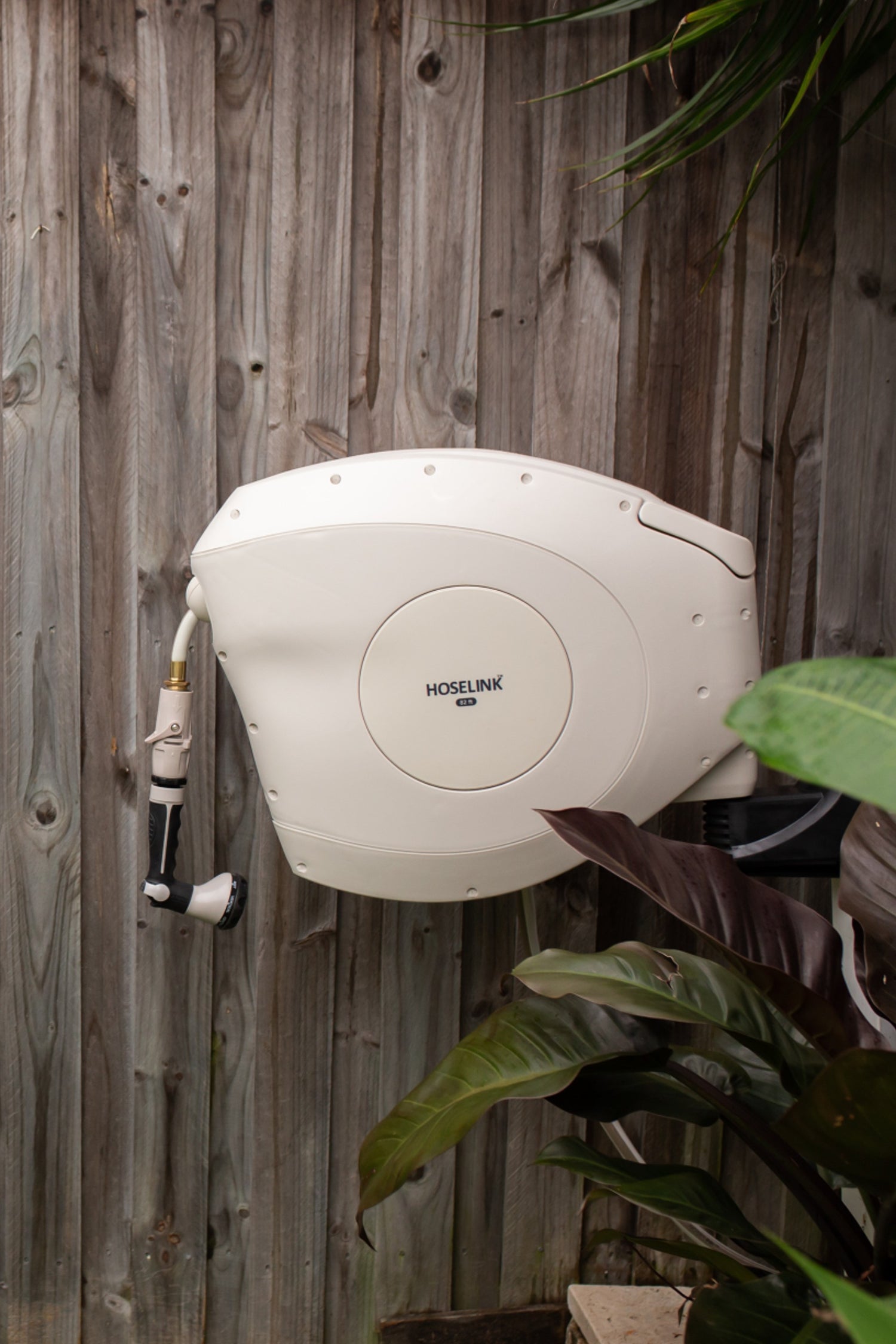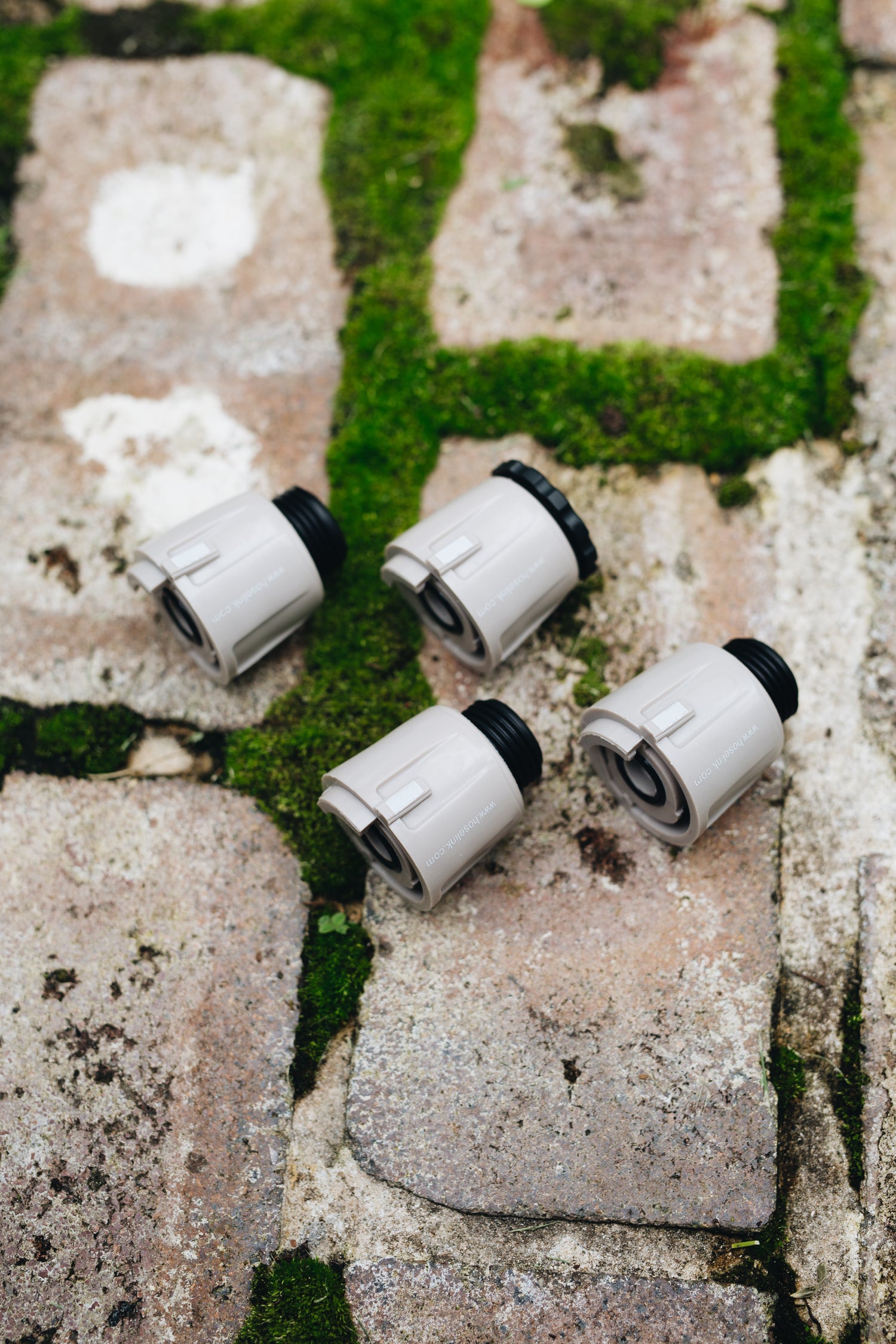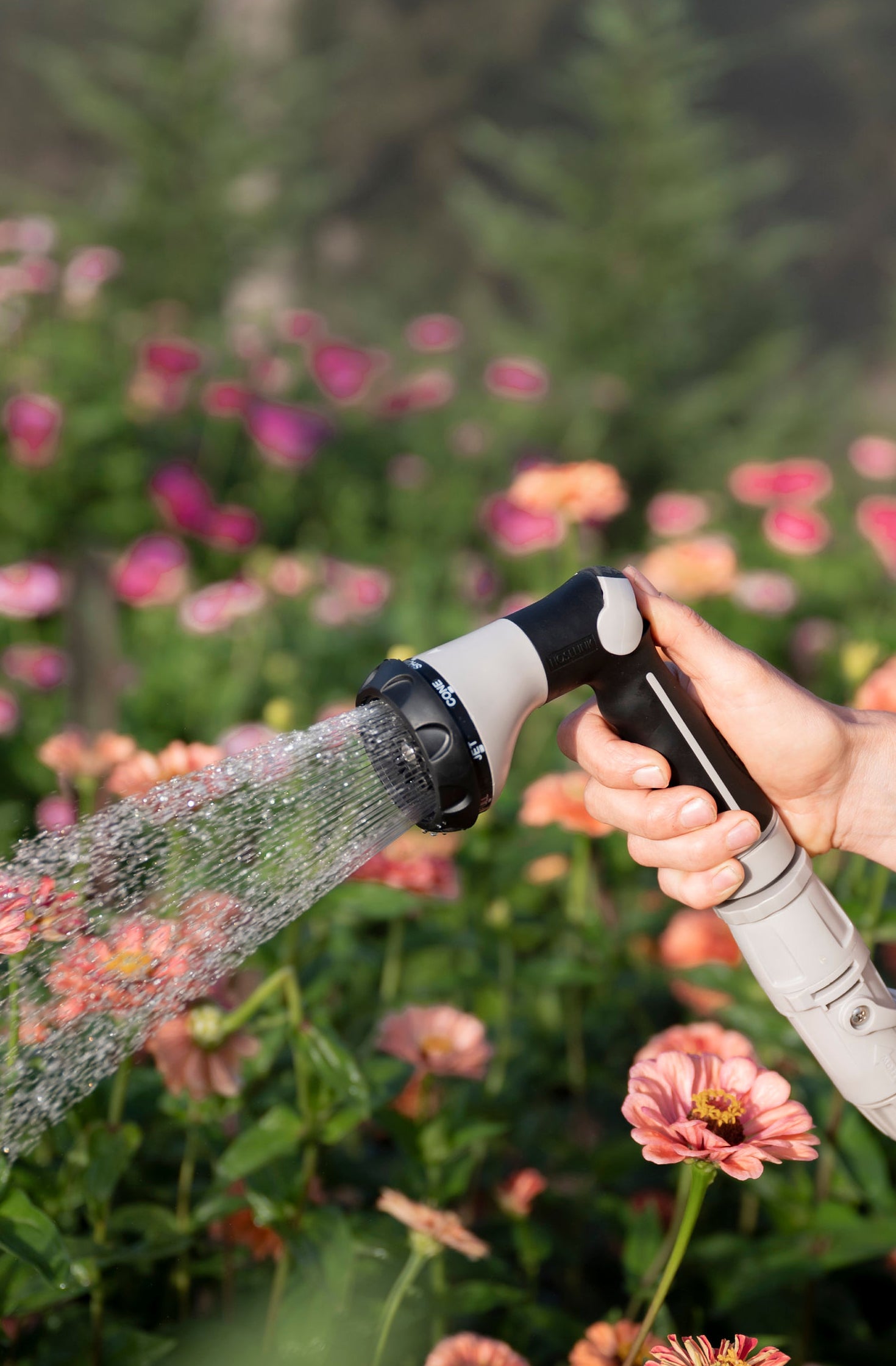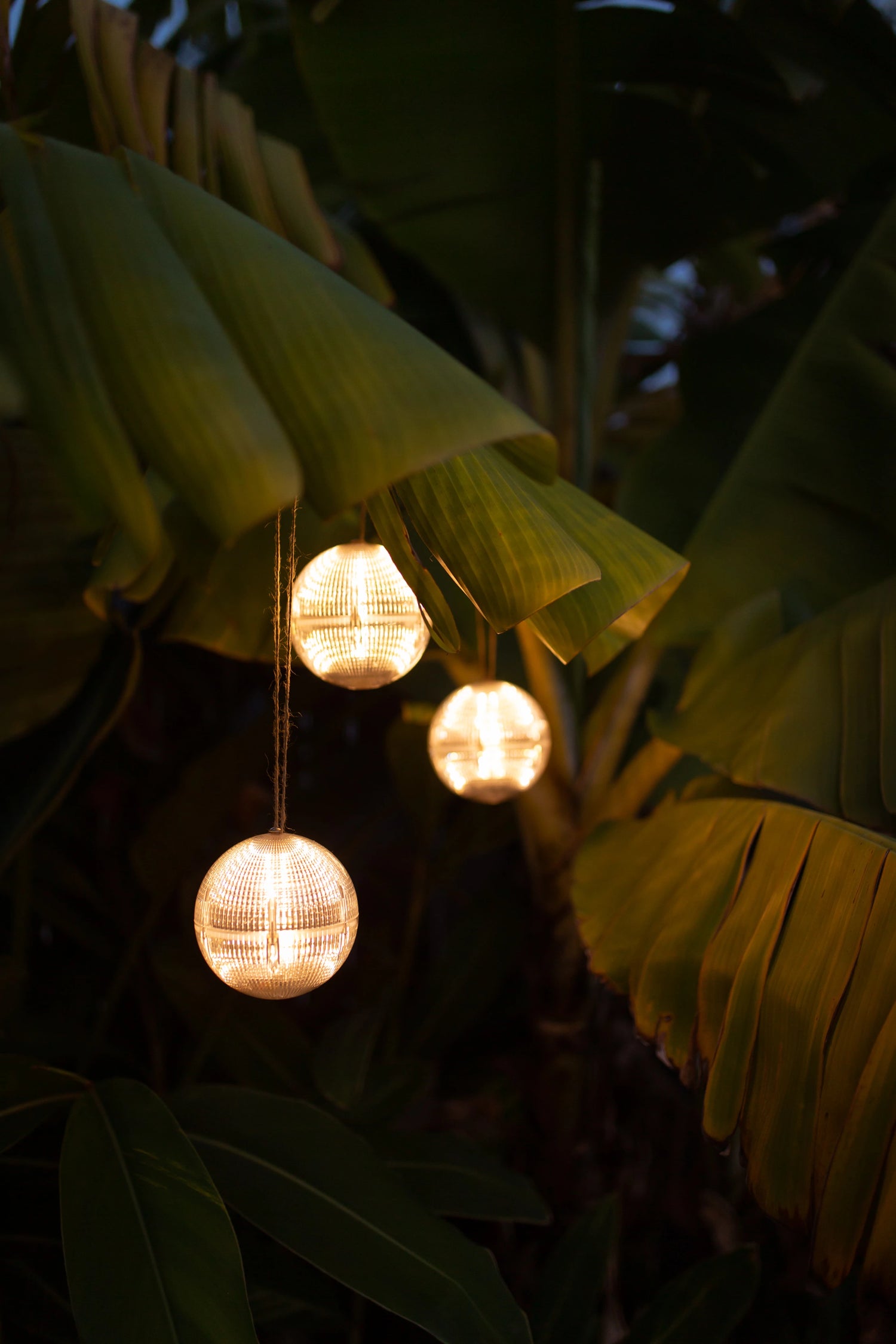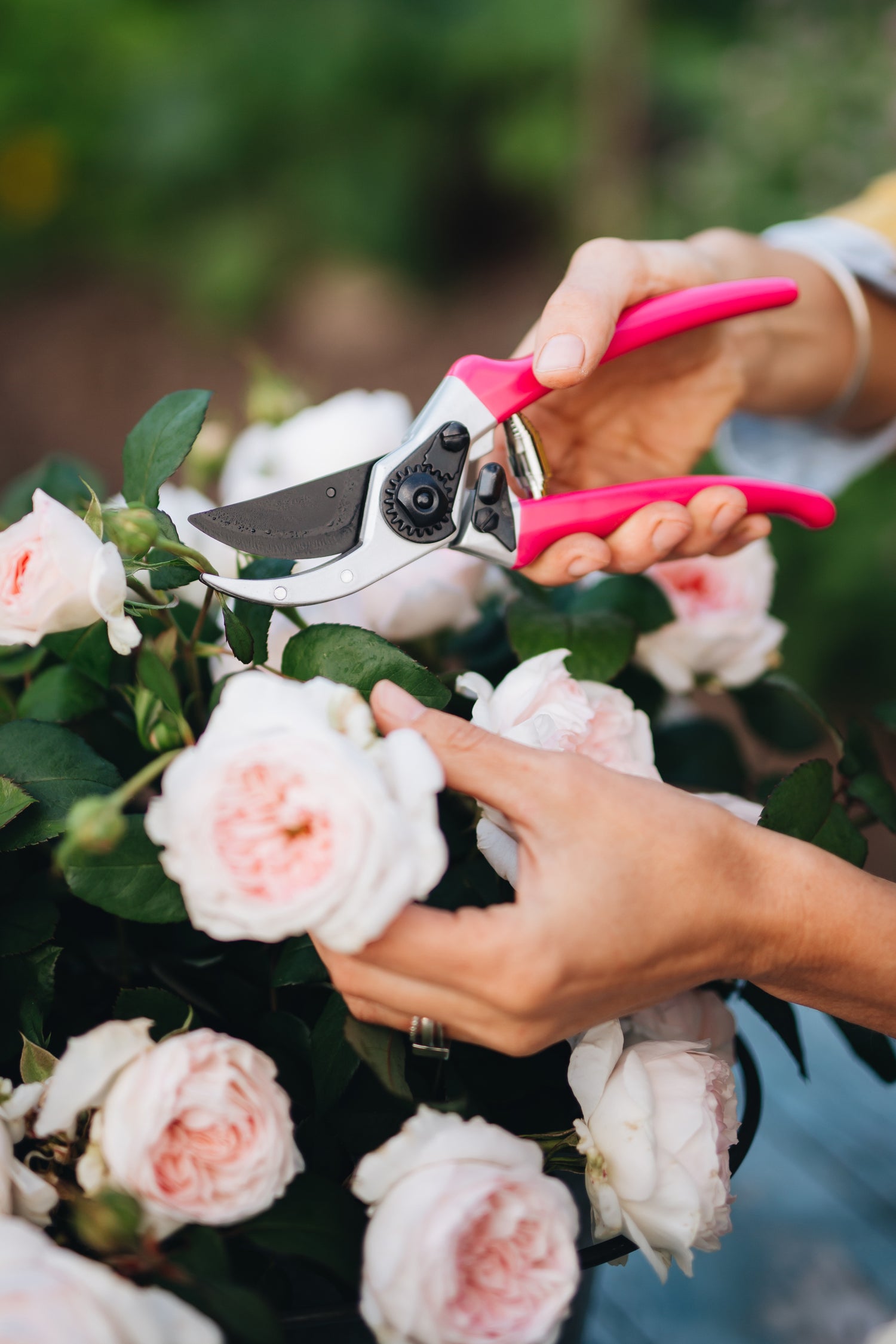Ever wondered when the best time to prune your plants is? Or the right technique to keep them healthy and flourishing? With the right tools and knowledge, your plants will be thanking you for the pruning in no time!
When to prune
Typically, late winter or early spring is the best time to prune your plants. This is due to plants becoming dormant during these cooler temperatures and not actively growing. If you are unsure whether your plants are in their dormant stage, an observation of the temperature and some research on the plant species will help you understand when the best time to prune will occur.
Through the winter your plants will lose their foliage. This is a helpful way of being able to see your plants true shape and any branches that may require pruning. Before you get stuck into it, you will want to wait until there is no rain and as little humidity as possible. Nobody likes to prune in the rain and your plants will thank you for the reduction in risk of spreading disease. Don’t jump the gun too early! Sometimes pruning too early can cause any cuts from pruning to dry out. Remember to be especially mindful if you are located in a zone where frost is common!

The right technique for pruning your plants
When pruning is done with the right technique, you will be reaping the rewards, from a healthy plant to more fruit, foliage, growth and flowers. To get back to basics, pruning is essentially a tidy-up to control the growth, as well as remove the dead, damaged or diseased wood. A typical rule of thumb is that the harsher you prune back, the more aggressive the future growth, whereas the more gently you prune, the steadier the growth. Pruning can be done not only for plant health reasons but for aesthetic ones. Some people choose to prune their plants a certain way to suit the design of their garden, for example.
As a first step, conduct some research on the type of plant you are pruning. There are several online resources from the experts and their unique tips to help you prune for success. This is particularly important for flowering plants like roses, as they have specific time frames when they are in bloom and ready to be pruned. Don’t forget to exercise caution when pruning larger plants or trees, branches can be heavier than they look and if they were to fall it could cause injury. If you are pruning back woody stems, be sure to cut as close to the collar of the stem as possible, leaving the cut area clean. If you are pruning a shrub, use a 45-degree angle facing away from the bud. You may also wish to thin out a plant, which essentially means to remove a limb from a main branch. This is one of the easiest ways to lighten up the plant and allow more exposure to air.

Some of you may be wondering how to go about pruning house plants, and thankfully, the rules are very similar. Late winter or early spring is definitely the best time but as always, remove any unhealthy areas of the plant whenever it’s required. Start by looking at the shape of the plant and observe any areas that may be dead and remove those first. This step also includes any dead flowers that may still be hanging on. When cutting, cut just before the leaf node. This will encourage new growth. However, don’t cut away too much; you still need some plant there. Leave at least 75% of the plant to keep it in good health. Top tip: off-cuts from a plant can be propagated into new ones! This is as simple as popping the cutting into a jar with some water (ensure the top of the plant is above the water, only the stem should be submerged). Soon you will notice the cutting is starting to grow. Once it is more established, it can be kept and enjoyed once replanted in the soil, or they make excellent homegrown gifts! As with all plants, there are some house plants that should and some that shouldn’t be pruned. Refer to information online or from a local expert for your specific plant when it comes to giving it the correct care.
Essential pruning equipment
So, you may be wondering what equipment you need for pruning? Thankfully, Hoselink has you covered with the right tools to have you mastering pruning techniques in no time. First of all, a favorite for many reasons is the Heavy Duty Eight Inch Secateurs. These are available in pink and green colorways and will allow you to experience just how easy pruning can be! The Hoselink Secateurs are fitted with an easy grip, ergonomically designed handle and safety lock to prevent injury when not in use.
Whether it's woody stems, roses or branches, the Hoselink Secateurs will make pruning easier than ever due to its strong Japanese steel blades. If you’re after more cutting tools, Hoselink’s Ratchet Pruners are perfect for the job. Suitable for limbs up to ¾" deep, they are also great for reducing the fatigue in your hands thanks to the ergonomically designed handle that delivers on power while being easy to use. Constructed with Japanese steel, the blades on the Ratchet Pruners have been coated in Teflon to ensure they last. Furthermore, other handy features include a locking system and lubricant stored in the handle of the Pruners. Top tip: It is crucial that the equipment you are pruning with is clean to minimize the risk of disease spreading from plant to plant. With the right care, these Ratchet Pruners will last you for years to come!

How often should you prune?
While it is advised you prune whilst the plant is dormant, pruning can and should be done almost year-round. If you ever notice any crossed over, damaged, diseased or weak branches, they should be pruned as quickly as possible to prevent any impact to the plant’s overall health. Despite what you may think, certain branches do have the ability to derail the plant very quickly if they are not pruned. Keep in mind that it is still possible to injure a plant or stunt its ability to flower or grow further, especially whilst it is vulnerable in fall or early winter. If you do find yourself with a sick or neglected plant, a more intense prune may be necessary. Doing a major prune back during the winter whilst the plant is dormant will allow for it to get ready for new growth. Whilst it may take some time, keep in mind that you should avoid having your plant waste its resources trying to heal sick branches! Remember to stick to the recommendations of the plant species to avoid any issue and to maximize success.

